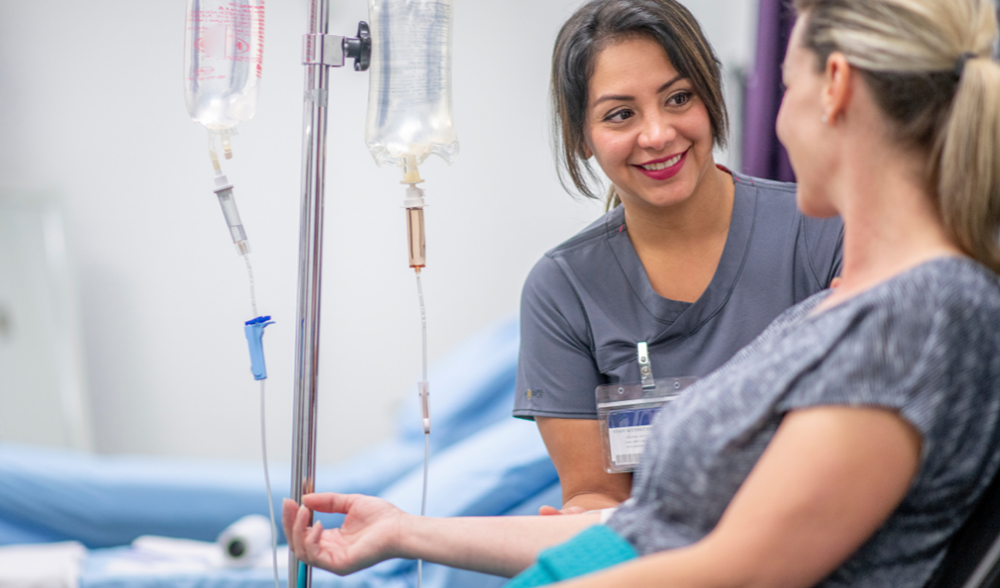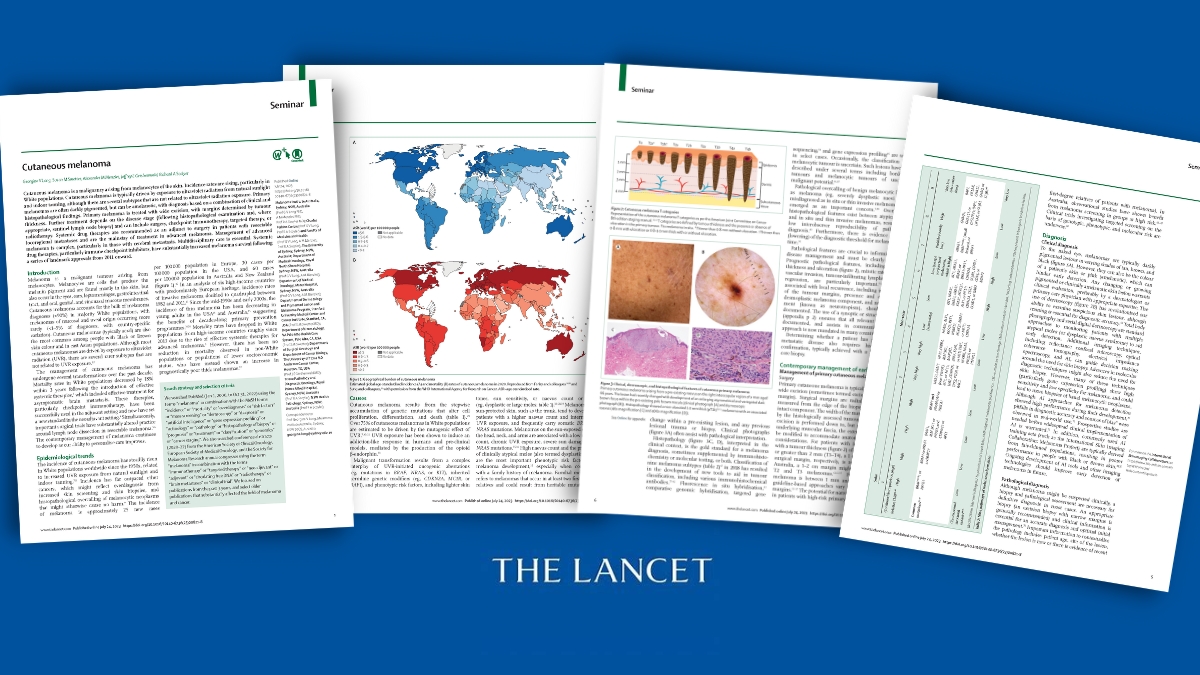From research grants, to exciting discoveries and treatment breakthroughs, read the latest research news from the Melanoma Institute Australia team as we work tirelessly towards our goal of zero deaths from melanoma.
PBS listing is life-changing news
The federal government has announced a new immunotherapy treatment for advanced melanoma patients has been added to PBS, significantly reducing the cost of the life-saving treatment.
Four MIA researchers receive Tour de Cure grants
We are delighted to have been successful in receiving four research grants recently awarded by Tour de Cure Australia.
NADINA trial “will shape medicine in 2024”
A clinical trial, developed by MIA researchers in collaboration with international colleagues, has been named by prestigious journal Nature Medicine as one of 11 clinical trials likely to have the most impact on global medicine in the year ahead.
Co-Medical Directors named in list of “News Makers of 2023”
Prof Georgina Long and Prof Richard Scolyer have been named in Top 52 News Makers for 2023 by the Sydney Morning Herald 'Good Weekend' magazine.
MIA researchers receive 2023 NSW Premier’s Awards
Congratulations to MIA’s Assoc Professor Alex Menzies and Rebecca Simpson, both very worthy recipients of 2023 NSW Premier’s Awards for Outstanding Cancer Research.
Prof Richard Scolyer honoured with SMR Lifetime Achievement Award
In recognition of his incredible contribution to melanoma research, Prof Richard Scolyer was presented with the 2023 Lifetime Achievement Award at the Society for Melanoma Research Congress in Philadelphia.
MIA team shines on world stage at SMR
Read more about Melanoma Institute Australia highlights from The Society for Melanoma Research 2023 Congress held in Philadelphia.
Making an impact at ESMO23 in Madrid
Read more about Prof Georgina Long receiving the ESMO Women for Oncology Award 2023, and MIA's significant contribution to cancer research discussions during ESMO23 in Madrid.
Researchers confirm the link between balding and skin cancer
“Research into the genetic drivers of skin cancer is critical” - MIA Co-Medical Directors Prof Georgina Long AO and Prof Richard Scolyer are co-authors on this study into the link between male pattern baldness and skin cancer.
Melanoma science in race against brain cancer – National Press Club
MIA Co-Medical Directors address the National Press Club of Australia detailing world-first breakthroughs in applying melanoma science to Richard Scolyer’s brain cancer.
Cutaneous melanoma: a contemporary overview published in The Lancet
A contemporary overview of Cutaneous melanoma, co-authored by MIA, has been published in The Lancet, one of the world's leading medical journals.
Prof Richard Scolyer receives SMR Lifetime Achievement Award
This prestigious award from the 'Society for Melanoma Research' recognises the contribution Richard has made to global melanoma research over the course of his career.











